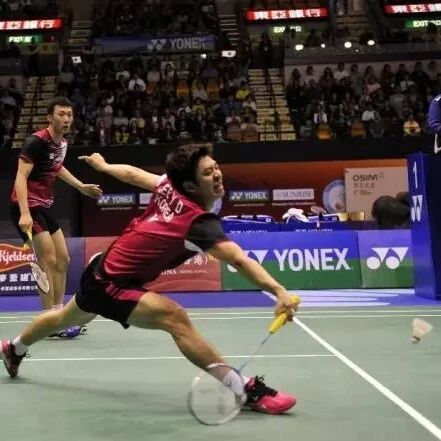Without breaking these 5 bad habits, it’ll be really tough to improve your badminton skills.


Many players always say it’s hard to improve their game—once they hit a certain stage, it seems nearly impossible to climb higher. But actually, this is a common issue among amateur players. After playing for a long time without proper training, they often develop several bad habits. So today, let’s take a look at the most common ones!
1. The return shot lacks direction.
When playing, it’s important to have a clear purpose—like preparing for a net shot or a quick push after executing a cross-court shot. Or perhaps, after a delicate drop shot at the net, immediately shifting your focus to the backcourt to deliver a powerful smash while staying alert at the net. Alternatively, you could use a high, long shot to stretch your opponent wide before launching a deceptive feint to change the trajectory of the ball, setting up an opportunity for a decisive smash. Above all, stay proactive by thinking ahead about how to seamlessly transition into your next move—don’t wait for your opponent to return the ball before deciding how to respond.
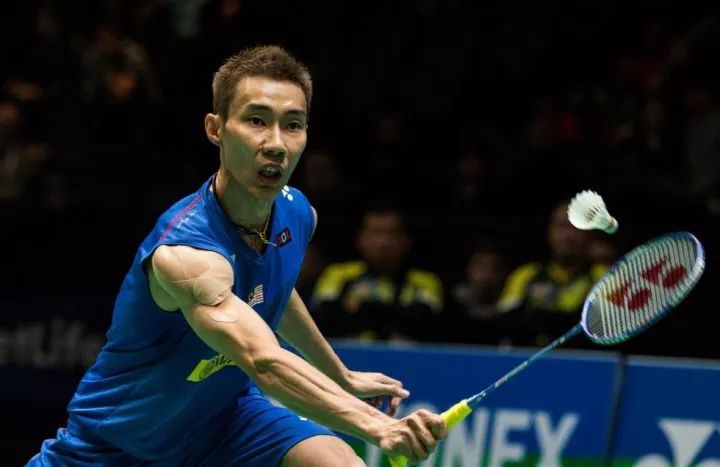
2. Blind Smash
Many amateur players love aiming for fast and precise smashes, but without systematic training, it’s often difficult for them to execute such shots consistently. So rather than focusing solely on how to smash the ball powerfully, it’s better to pay attention to your opponent’s positioning—and target their weak spots instead.
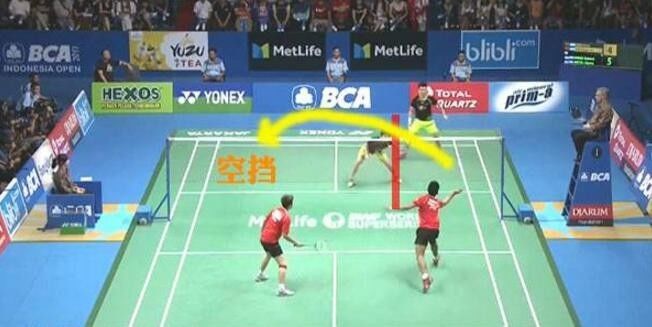
Actually, a controlled, short-distance smash is often more effective than a powerful one. Additionally, vary the rhythm of your smashes—alternating between light, precise shots and forceful, decisive hits. Against opponents of similar skill level, it’s usually possible for them to return one or two of your smashes in quick succession, but it’s rarely easy to finish the point in just one shot. So, don’t start with an overly heavy smash right off the bat; instead, deliver a well-timed, flowing sequence—follow up your initial strike with another controlled rally, then unleash that killer blow when the moment is right.
3. Too aggressive net approach to the ball
If the opponent returns a high net shot, you might feel tempted to rush in for a quick smash—only to end up hitting it out or into the net! In fact, the chances of that happening are pretty high. When the ball rises high, your opponent naturally starts feeling pressured. For amateur players, a gentle drop shot is often all it takes. Stay calm and composed—don’t let nerves take over—and keep playing smart net shots to keep your opponent on the defensive.
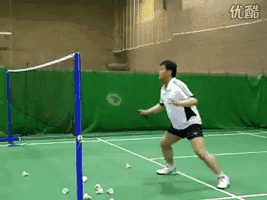
There are two additional reasons why the net shot went in. First, when attempting the smash, the racket didn’t make a smooth, sideways brushing motion—more like "painting" the ball. Second, when confronted with the opponent’s delicate chop, the player hesitated and failed to commit decisively to the shot. As a result, the opportunity to hit the ball at its highest point was lost, making it no surprise that the shot ended up hitting the net.
4. Not preparing for the next shot after returning the ball
Many golfers, after hitting a high-quality shot, instinctively stand still, convinced their opponent won’t be able to reach it!
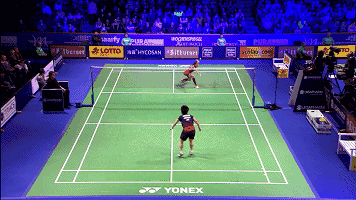
But often, things don’t go as planned—you’ll find that your assumptions were wrong! After hitting the ball, no matter whether your opponent manages to return it or not, the most important thing to do is take advantage of the brief moment while the ball is flying over the net to move into the right position, ready for the next shot.
5. Keep your center of gravity steady when playing a flat shot.
Many badminton players, when receiving a flat drop shot, fail to lower their center of gravity—they keep their backs straight and try to meet the shuttlecock head-on. This often gives their opponents the perfect opportunity to attack relentlessly. Especially taller players should focus on lowering their center of gravity to effectively handle flat drop shots.

Also, when playing flat shots, pay close attention to the return trajectory. If you find yourself on the defensive, after hitting two quick shots, make sure to quickly adjust and redirect your return. On the offensive end, don’t always try to power through—instead, occasionally play a soft drop shot to disrupt their rhythm; this approach often catches them off guard. As a result, your opponent will likely respond with a lob, creating an opening for your teammate to deliver a decisive attack.
More article recommendations:
What specific efforts should we make to master the backhand shot in badminton?
What exactly is badminton doubles awareness? This article explains it thoroughly.
Related Articles
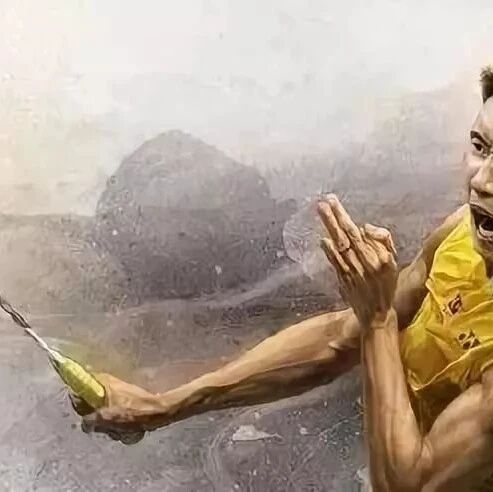
Badminton racket-swing training—make it fast, faster, and even faster!!!
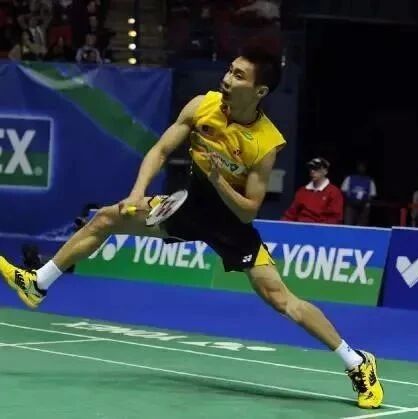
Test your knee health with a "duck walk"—2 simple exercises to strengthen your knee joints
